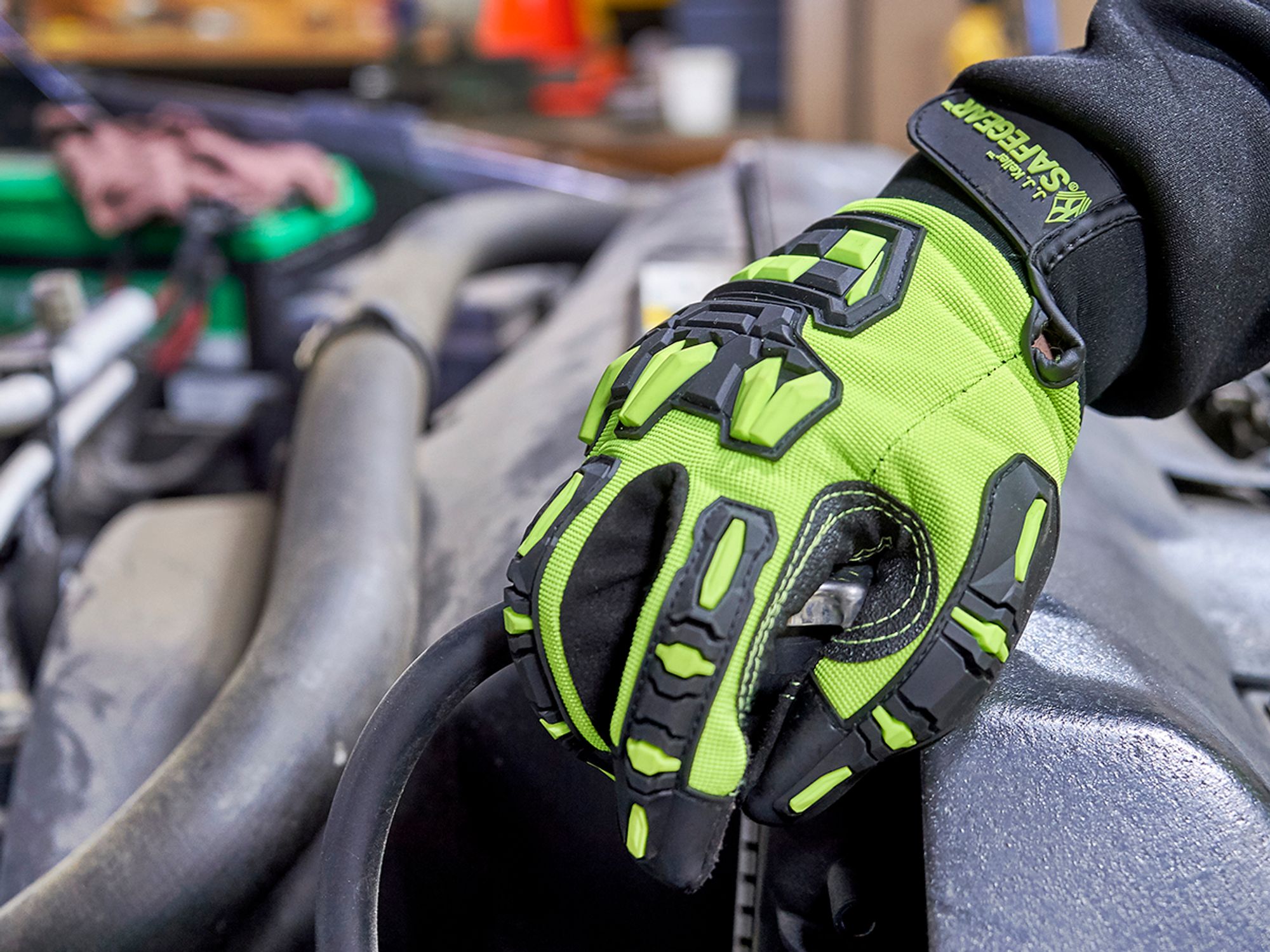InstitutePersonal Protective EquipmentSafety & HealthIn Depth Sub Topics (Level 4)General Industry SafetyHand ProtectionEnglishAnalysisFocus AreaUSA
What are the types of hand protection?
['Personal Protective Equipment']

Several types of hand protection may be used, depending on the specific hazards present in the workplace:
|
|
|
What are the criteria for hand protection?
Employers must know the performance characteristics of the types of gloves relative to the specific hazard. Other factors to be considered for glove selection include:
- Replacement: As long as the performance characteristics are acceptable, it may be more cost effective to regularly change cheaper gloves than to reuse more expensive types.
- Work activities: An employer should study how the employee performs job tasks to determine the degree of dexterity required, the duration, frequency, and degree of exposure of the hazard, and the physical stresses that will be applied.
When selecting gloves for protection against chemical hazards, employers should:
- Determine the toxic properties of the chemical(s) (generally, any “chemical resistant” glove can be used for dry powders);
- For mixtures and formulated products (unless specific test data is available), select a glove on the basis of the chemical component with the shortest breakthrough time, since it is possible for solvents to carry active ingredients through polymeric materials; and
- Be sure employees can remove the gloves in such a way as to prevent skin contamination.
